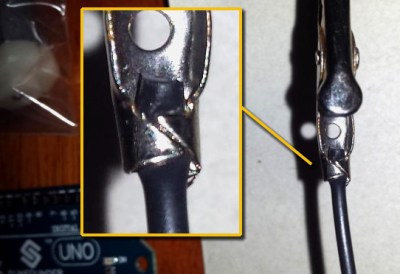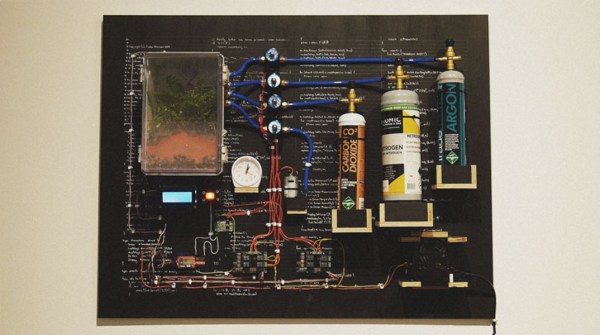We don’t know if [OH8STN] has a military background, but we suspect he might since his recent post is about a “DIY Man Portable Magnetic Loop Antenna.” “Man-portable” is usually a military designation, and — we presume — he wouldn’t object to a woman transporting it either.
[OH8STN] started with a Chameleon antenna starter kit. This costs about $100 and is primarily a suitable variable capacitor with a 6:1 reduction drive premounted and soldered. Of course, you could source your own, but finding variable capacitors that can handle transmit duty (admittedly, these can apparently handle about 10 W continuous or 25 W on single sideband) can be tricky, especially these days. Although he started with a kit, he did modify the antenna to switch between two different sets of ham radio bands. You can see the antenna in the video below.
Loop antennas aren’t ideal–but neither is any other small antenna. Because the loop is tightly tuned to a particular frequency, it requires retuning for even relatively small frequency changes, even though it can operate on many different frequencies. If you want more technical details, you might enjoy this recent presentation from [W4RAX]. The links at the end are worth checking out, too.



















